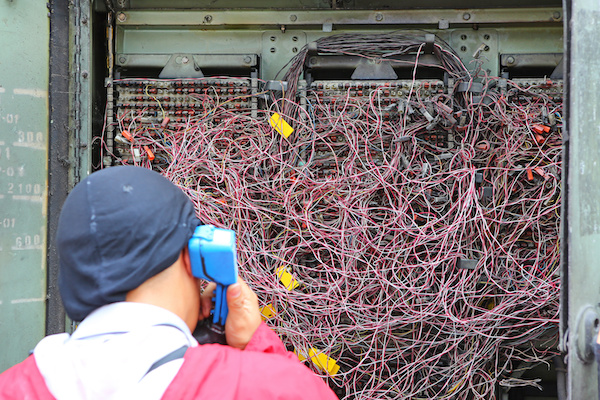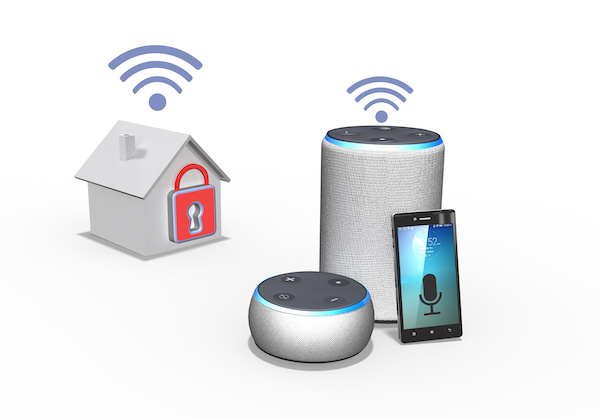Connected Devices – Then And Now

Founder, Nuro Technologies
We’ve all heard or used connected devices, but how they connect is important to understand.
Early connected devices utilized power line communication within a home. X10 is such a technology and predates even the internet. These devices are home centric and provided remote control capabilities from different rooms or areas.

As wireless communication developed, Zwave, Zigbee, BLE and Wi-Fi became the dominant backbones for connecting devices within the home. Each with advantages as well as disadvantages. They are also driven by competing standards and committees, each wanting to own as much of the puzzle as possible.
Smartphones and apps have significantly changed how we interact with data and control. Any modern connected device without smartphone app support is unthinkable.
If we look at a typical home and how the internet, cloud, apps, smart phones have shaped our data connectivity, we have something that looks like this:
- Internet connection. Could be cable, fiber, phone, satellite, cell etc. Regardless, there will be a router to get from the internet connection to ethernet/Wi-Fi.
- Ethernet/Wi-Fi is how our devices access the internet connection.
- Wi-Fi speeds have increased over the years to meet the needs for more devices and higher data speeds (e.g. 4K video streaming).
- A key innovation helping distribute Wi-Fi reliably within a home is Wi-Fi mesh. The mesh technology enables multiple Wi-Fi points to be placed around the home to provide reliable, high bandwidth connectivity, where once we had to deal with dropouts or no coverage. Mesh uses a wireless backbone to connect the various points together to provide seamless coverage.
- The Wi-Fi mesh is critical to supporting various connected devices throughout a home, garage and surrounding outdoor area.
- Predominantly, connected devices are mains powered, either directly or via low voltage wiring such as for a thermostat.
- Smart devices now communicate via the internet to cloud based servers that in turn communicate with smartphone apps. The smartphone can be used to access these smart devices from anywhere in the world that enables it to be internet connected.
With Wi-Fi meshed throughout a home, connected devices can natively use Wi-Fi unless battery operated. Battery operation dictates using lower power wireless communication and that has become the domain of BLE. BLE is Blue to Low Energy with emphasis on the low energy.
Older products using for instance Zwave, will require a hub/bridge to interface to the home network. A significant issue with the hub/bridge requirement is that it is typically a proprietary device and part of the product family. This unfortunately means if you have several different Zwave, Zigbee, BLE products, you will have several hubs/bridges.
Today’s smart home connectivity choice appears to solidly be Wi-Fi mesh with access to cloud servers provided via the internet. Clearly it is very important that these connected devices can continue to function manually in case of internet connectivity issues (natural disasters, outages, etc.)

